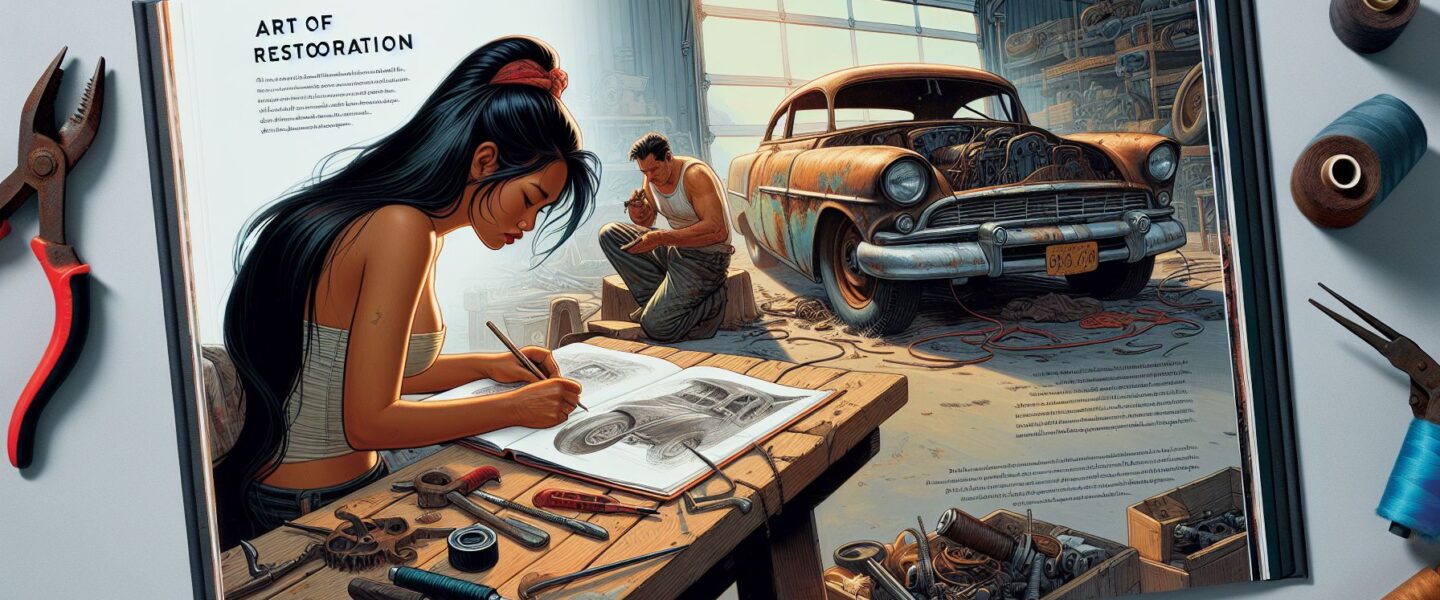Are you a mechanic who takes pride in your craft? Do you strive for perfection in every well-tuned engine that crosses your path? If so, then you understand the satisfaction that comes from restoring old vehicles to their former glory. Working on cars is not just a job for us, it’s a passion. And if you’re looking to delve into the world of vehicle restoration, there are some stern words of advice that you need to hear.
First and foremost, restoring old vehicles is not for the faint of heart. It requires patience, skill, and a keen attention to detail. This is not a job for someone looking to rush through a project just to make a quick buck. It’s about taking the time to truly understand the history and intricacies of each vehicle you work on, and the satisfaction that comes from hearing the purr of a well-tuned engine once again.
Before you even pick up a wrench, it’s important to thoroughly assess the condition of the vehicle you’re looking to restore. Take the time to inspect every inch of the car, from the body to the engine, to determine the extent of the work that needs to be done. This will not only give you a clear understanding of the project ahead, but it will also help you set realistic expectations for yourself and your client.
As you begin working on the car, don’t cut corners or take shortcuts. Restoring old vehicles is a labor of love, and it requires a meticulous approach to ensure that every detail is perfect. From sourcing authentic parts to meticulously cleaning and polishing every surface, every step of the restoration process is crucial to achieving a flawless end result. Remember, the devil is in the details, and it’s those little touches that will set your restoration apart from the rest.
It’s also important to have a keen eye for craftsmanship. As a mechanic, you have the ability to turn a rusty old shell into a gleaming piece of automotive art. Take pride in your work and strive for perfection in every weld, every paint job, and every adjustment. Your reputation as a mechanic and a craftsman rests on the quality of your work, so don’t settle for anything less than excellence.
Finally, as you near the end of the restoration process, take the time to test drive the vehicle and make any necessary adjustments. A well-tuned engine is the heartbeat of any car, and it’s crucial that everything is running smoothly before you hand the keys back to the owner. Take pride in knowing that you have breathed new life into a piece of automotive history, and that your skill and dedication have brought a piece of the past back to life.
In conclusion, restoring old vehicles is not a task to be taken lightly. It requires a stern dedication to craftsmanship, a meticulous attention to detail, and a passion for the art of working on cars. As a mechanic, you have the power to transform rusted metal into automotive masterpieces, and it’s up to you to uphold the standards of excellence in this timeless craft. So roll up your sleeves, pick up your tools, and get ready to breathe new life into the vehicles of yesteryear.
